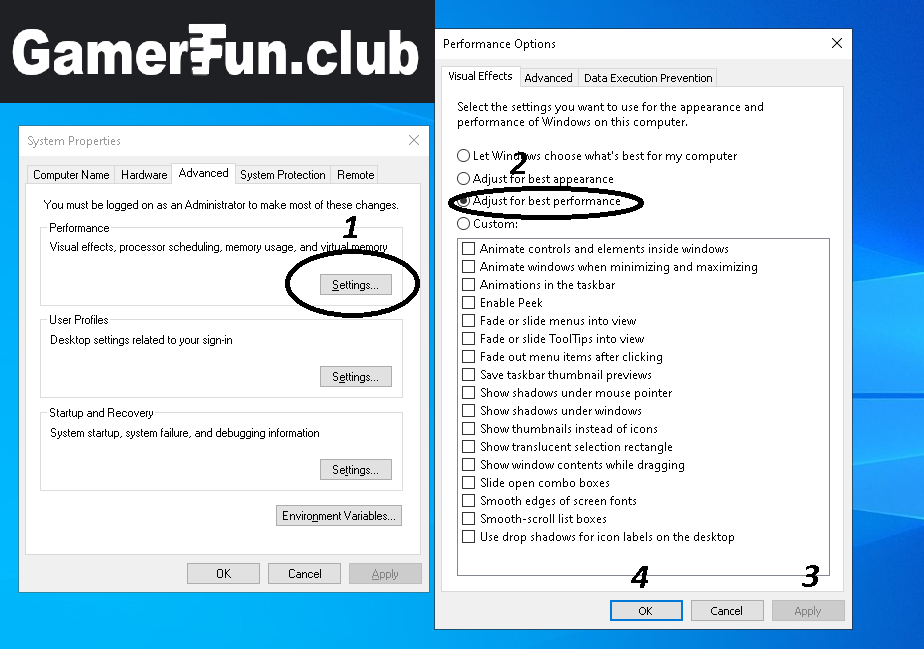
- DLL INJECTOR GMOD .DLL
- DLL INJECTOR GMOD CODE
- DLL INJECTOR GMOD WINDOWS
#572 Added ASP.NET 2.0 Razor Page support to the ASP.NET Core MVC integration package. #603 New Collection.Append and Collection.AppendInstance overloads added that simplify appending registrations (and instances) to collections. #664 New Container.ContainerScope property allows access to the container-global Scope, which can be used to register objects for disposal and execute delegates when the container is disposed, while allowing to retrieve created disposables, which enables async dispose. Special thanks to our new contributor for implementing this. #648 Added information about lifestyles to when the container visualized object graph (both inside the VS debugger and when calling VisualizeObjectGraph). #377 switch introduced that allows disabling resolving unregistered concrete types. You can use the Container.IsVerifying property instead. #670 AdvancedExtensions.IsVerifying(Container) extension method was made obsolete. A suppression can be added in case the warning is a false positive. #554 Iterating collections with scoped or transient dependencies inside a singleton consumer now causes an exception when resolved or verified to prevent captive dependencies/lifestyle mismatches. The package contains a new SimpleInjectorPageModelActivatorProvider class that can be added to ASP.NET's IServiceCollection and a container.RegisterPageModels(app) extension method that can be used to register Razor Page Models. The addition of integration for ASP.NET Core 2.0 Razor Pages. This prevents supprises in the future, as we are changing the default behavior to false in v5.0. Users are advised to change the setting to false. The introduction of an Options.ResolveUnregisteredConcreteTypes switch that allows disabling resolving unregistered concrete types. The introduction of a Container.ContainerScope property that allows access to the singleton Scope. The diagnostics will warn when injected injected collections are iterated/used inside constructors of singleton consumers. ServiceCollection Integration packages #639 #683 Prevented double disposing cross-wired dependencies. #689 Common System.Object methods ( ToString, GetHashCode, Equals, and GetType) are now hidden from common API classes when using IntelliSense. #681 Extra information added to obsolete messages. #706 Added the ability to ignore disposing scoped and singleton components. #691 Added (Type, Type, Lifestyle) overload. 
#685 VisualizeObjectGraph can now generate fully qualified type names.#701 SimpleInjector.Scope default ctor marked obsolete.#699 ExpressionBuiltEventArgs ctor marked obsolete.Ability to visualize object graphs with fully qualified type names.Read the documentation here and here for more details. New integration packages for non-ASP.NET Core environments that still require IServiceCollection, such as.Please read the documentation for more details. New fluent configuration model for ASP.NET Core that aims to simplify integration.Moreover, it can perform the injection in a matter of seconds.The most prominent improvements in this release are:

It can easily append the functionality of a process with the desired components, contained in the selected dynamic link library.
DLL INJECTOR GMOD .DLL
dll componentsĭLL Injector is a reliable tool that can come in handy especially for game developers or users who deal with security applications. Simply run the program, open DLL Injector and wait until it detects your process. dll file is not needed for the proper functioning of a program, DLL Injector can help you insert it. dll file, it is enough to copy it in its installation folder.

Generally, if a program requires a certain.
DLL INJECTOR GMOD CODE
dll file, or a dynamic link library is a set of code lines defining various components that programs require in order to properly function.
DLL INJECTOR GMOD WINDOWS
While this process can be performed from the Windows API, DLL Injector offers you a quicker and more simple alternative. Of course, you need an appropriate level of privileges on the system start, in order to modify a program’s memory and running patterns. In other words, basically any user could perform the injection, the process is quick and a notification box is displayed to inform you of its success.Īs soon as you open DLL Injector, it can detect the currently running processes and allows you to load the dynamic link library, from a local folder. Reliable and easy to use toolĭLL Injector is lightweight, easy to use and does not require installation. The program allows you to insert the code from the selected dynamic link library into a running process or in any other form, such as executables. DLL Injector is a simple tool that allows you to expand the functionality of various applications with the help of the components from the selected DLL file.







 0 kommentar(er)
0 kommentar(er)
